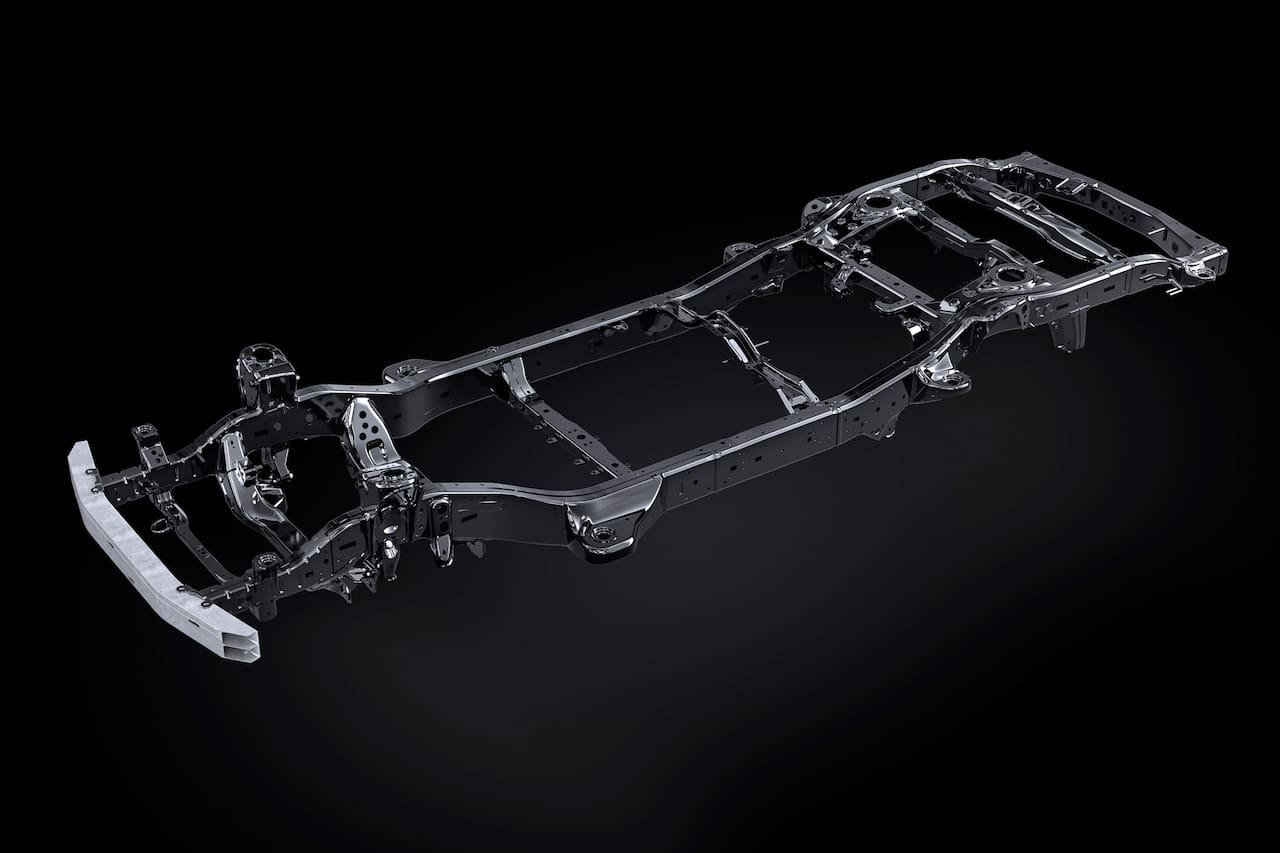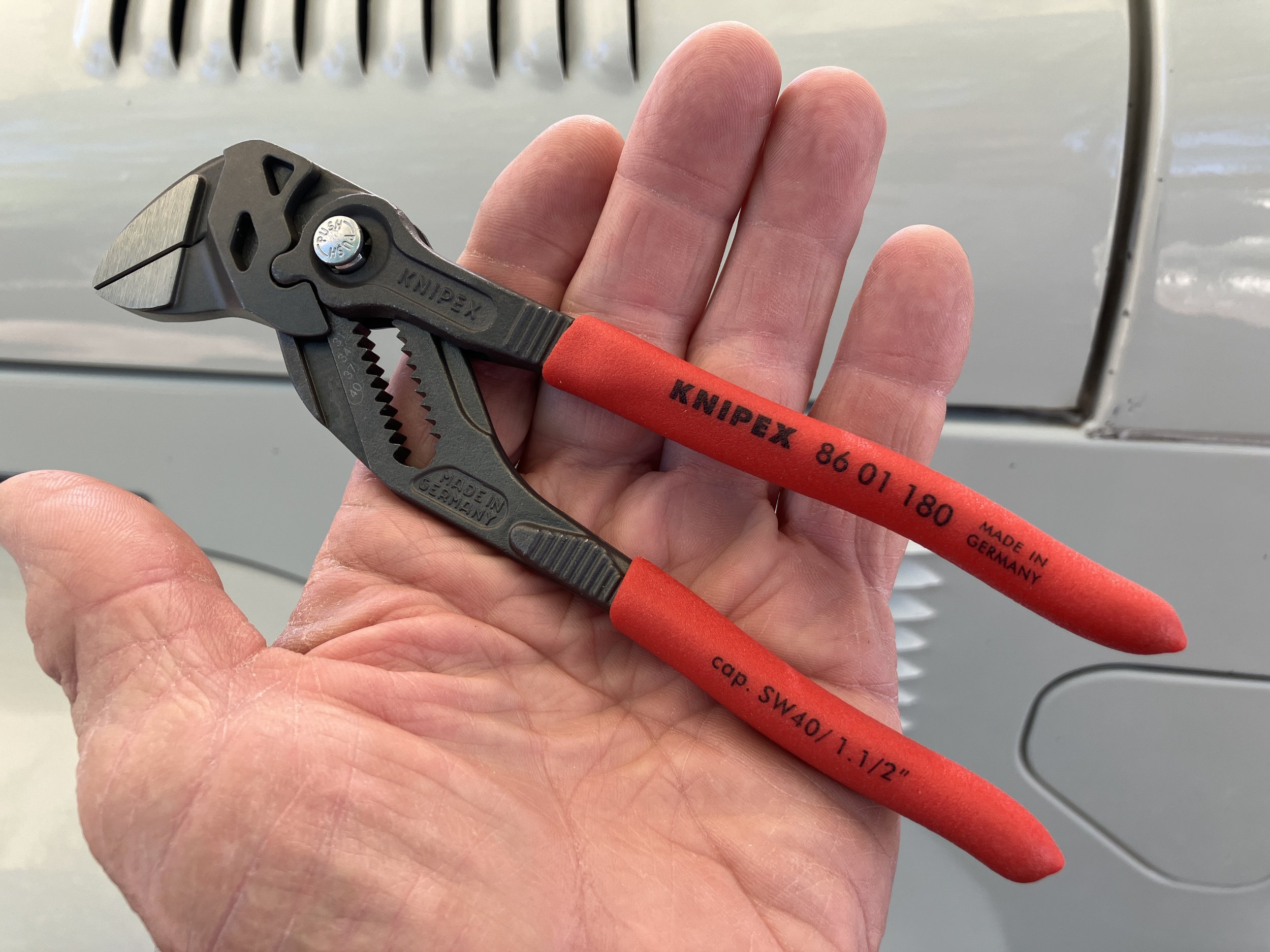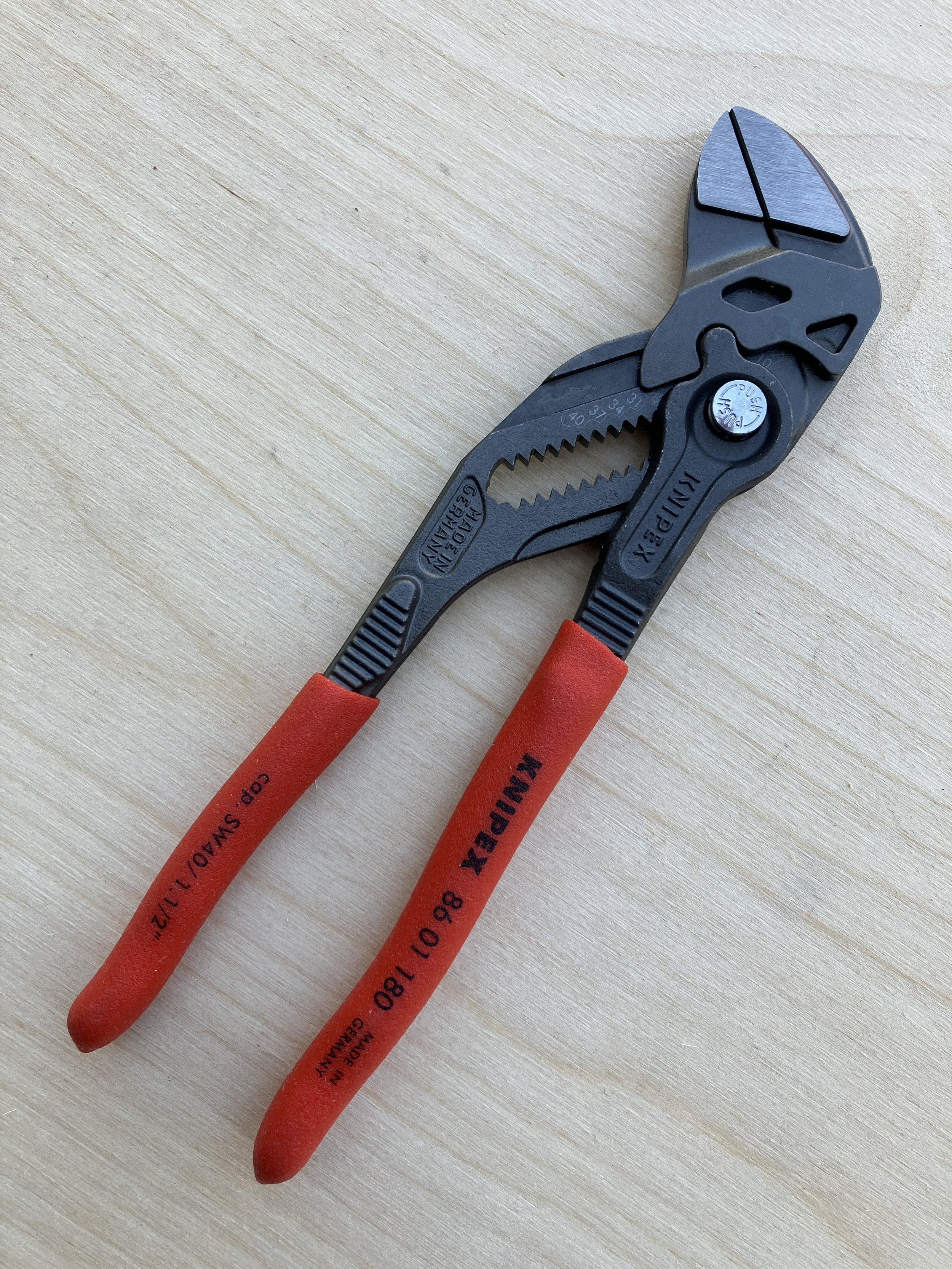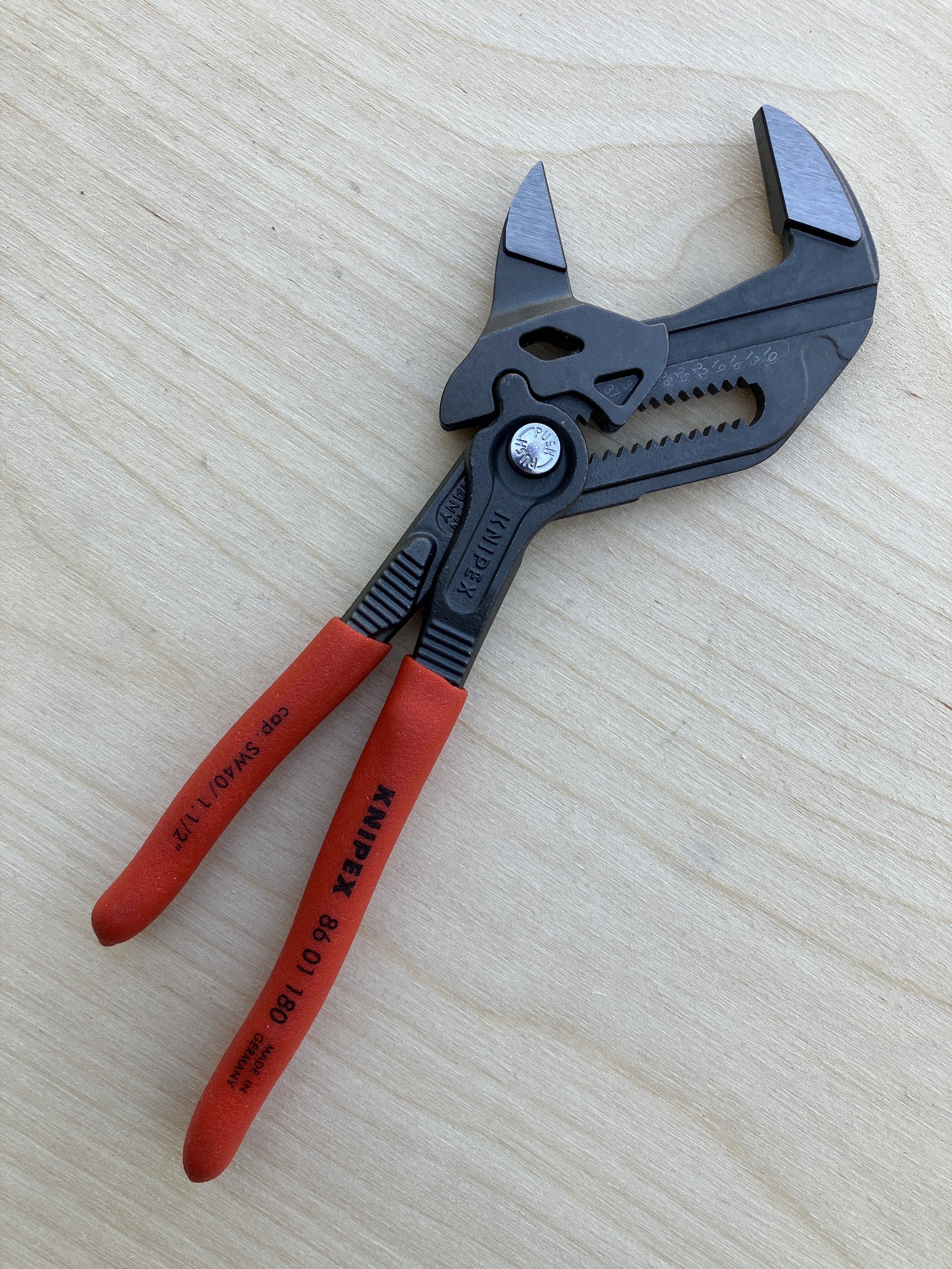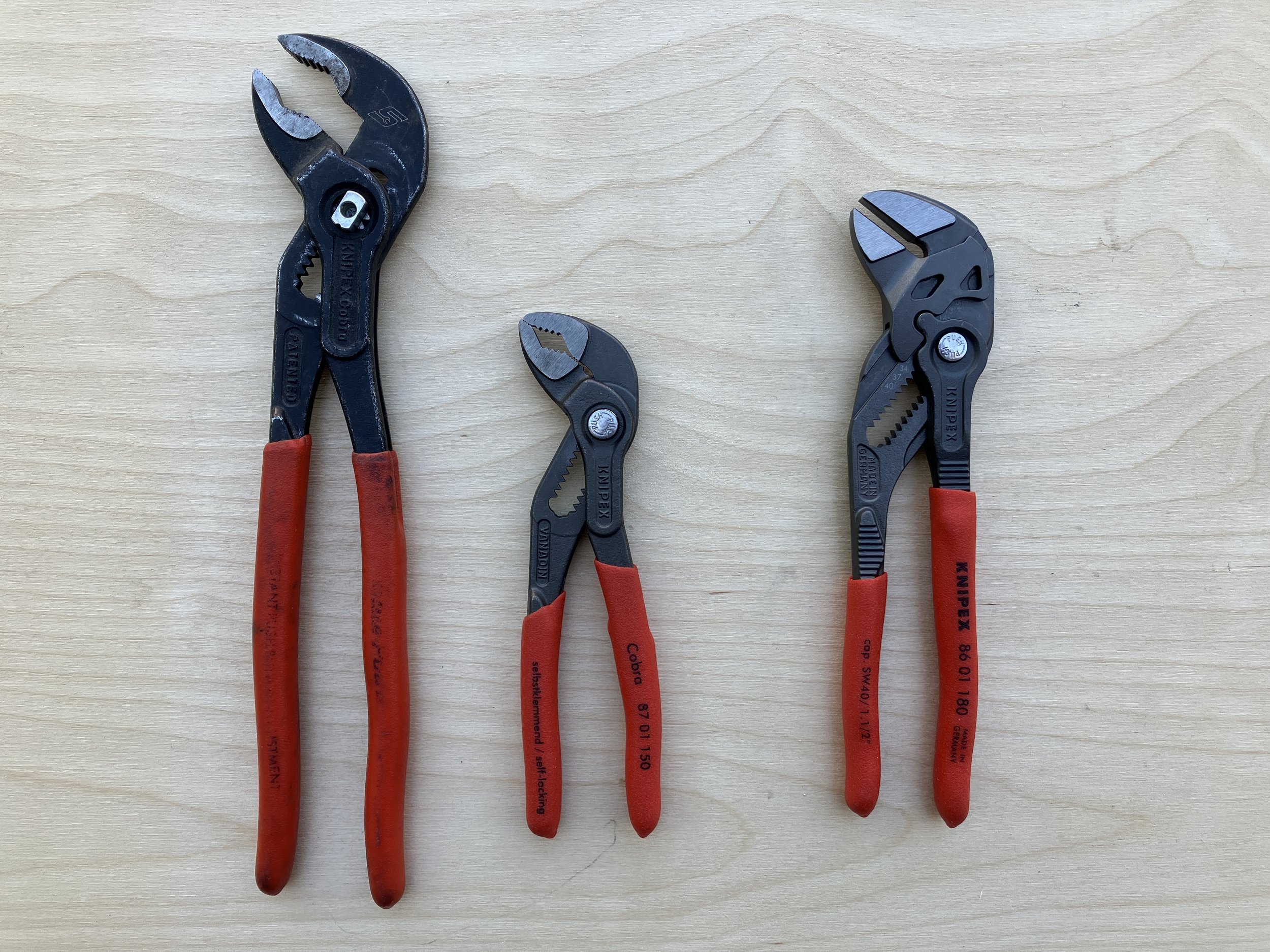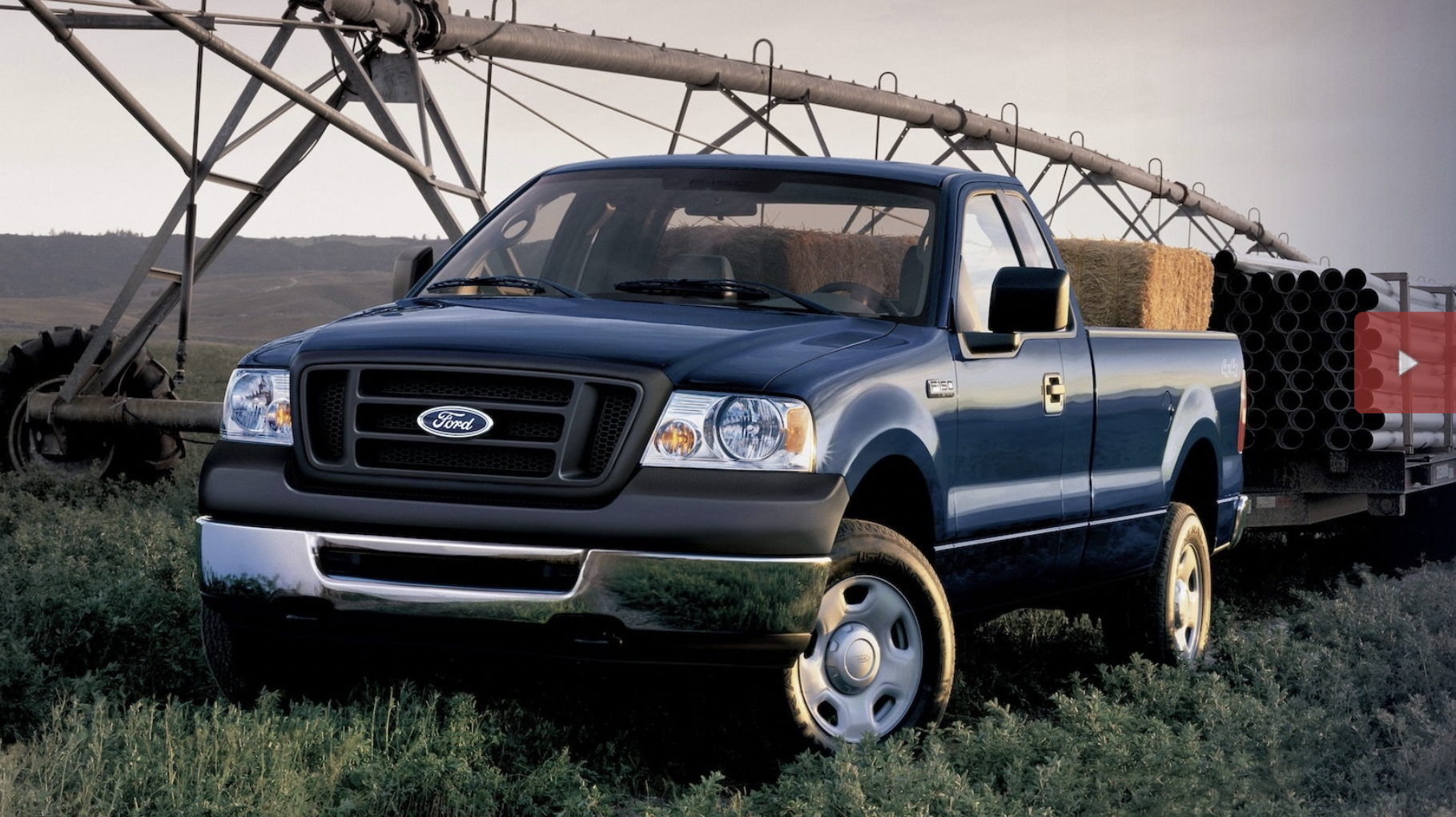
Overland Tech and Travel
Advice from the world's
most experienced overlanders
tests, reviews, opinion, and more
Toyota (finally) steps up with the new Tacoma*
*Or: Never again will a Toyota factory rep have to say with a straight face, “Drum brakes are better off road!”
Anyone who has read my writing is aware of the huge respect I have for Toyota’s vehicles—a respect gained through long personal experience, from my very first car, a used 1971 Corolla, to the FJ40 I’ve owned for 45 years, to the more-than-several Toyota pickups and Land Cruisers Roseann and I have owned, along with those we’ve driven on several continents.
Those same people also know the very high standards to which I hold Toyota, and my willingness to call out the company when I believe a vehicle it offers for sale does not meet those standards.
No Toyota model has endured more of those call-outs than the previous two generations of the Tacoma. From the model’s laughably archaic rear drum brakes (here) to its open-channel rear frame section (shared with the previous Tundra, here) to high-revving engines unsuitable for truck duty (here), it annoyed me that my company was clearly coasting and cost-cutting, unwilling to invest in improving a vehicle that remained safely on top of the sales charts.
Either someone at Toyota has been reading my stuff (unlikely), or the company noticed that newer trucks such as the Chevrolet Colorado, Ford Ranger, and Nissan Frontier had decidedly surpassed the Tacoma in virtually every area except (arguably) reliability.
Whatever the reason, the 2024 Tacoma is a huge, huge leap.
Begin with the chassis, which is now (or rather, once again) of fully boxed construction, far more torsionally and longitudinally rigid than the outgoing platform. It’s a modification of the same chassis that underlies the new Tundra and Sequoia. In addition to the boxed sections, it’s laser-welded from high-strength steel and employs strengthened crossmembers. Bravo.
Next, suspension: While base models (SR, SR5, and the Prerunner) will still employ leaf-spring rear suspension, higher-spec models will benefit from a multi-link coil-spring rear, which will improve ride and handling without sacrificing load-carrying—in fact, load capacity is significantly increased on models such as the new, overlanding-focused Trailhunter. (I’m hoping Toyota learned from the new coil-sprung Tundra, which can exhibit squirrelly behavior under heavy towing loads. This is easy to correct with proper bushing and spring specs.)
Oh, and, yes, all models will sport rear disc brakes. Welcome to the late 20th century, Toyota!
Next: Engines. Remember me bitching about 4,000rpm-plus torque peaks? How about a torque curve that peaks at 1,700 rpm? That’s diesel-like twisting power, and exactly what a truck needs.
The new Tacoma has just one engine configuration: a turbocharged, 2.4-liter inline four-valve four-cylinder. However, differing states of tune, plus the addition of a hybrid drivetrain, result in a spread of horsepower and torque ratings—none of them sub-par, and all with more torque than horsepower. Again—Bravo.
The base SR engine—with an eight-speed automatic transmission replacing the previous six-speed—is a marked improvement over the previous base 2.7-liter engine (159 bhp, 180 lb.ft.@ 3,800 rpm) in horsepower, torque, and where that torque comes in. And take a look at the i-Force Max turbo hybrid, with 326 hp at 6,000 rpm and an astounding 465 lb.ft. of torque at 1,700 rpm, assisted by an electric motor that delivers 48 hp and 184 lb.ft. These were figures I previously only dreamed of having available in the Tacoma. Plus, Toyota gave an approving nod to the few remaining manual-transmission aficionados left in the U.S., with a six-speed clutch-operated option.
What remains to be revealed are a few towing and payload ratings, plus the critical question of fuel economy. However, unlike the previous Tacoma engines, which offered both mediocre horsepower and mediocre fuel economy, at least we know we’ll get the power this time.
Another very pleasant surprise: The dash of the 2024 Tacoma—aside from the ubiquitous, industry-wide giant iPad tacked onto the middle, which I guess I really need to get over—is simple, handsome and functional. In fact I’d put it a close second to my all-time favorite dash layout, that of the current Land Rover Defender. The Tacoma has even incorporated similar all-LED gauges in front of the driver, which should be clearly legible in any light. To repeat myself: Bravo.
Then there’s the external styling. I squinted when I first looked at an actual photo of the new Tacoma, fearing it would ape the design of the new Tundra, which I find . . . how can I put this diplomatically . . . awkward. But no—the Tacoma, especially in the front end, lacks the comically massive, blunt, unharmonious “lines”of the Tundra. The Tacoma is aggressive, but various styling elements combine to break up the whole in to manageable segments. I actually like it, even if I still think our 2000 Tacoma was the best looking era of the model.
Other available niceties? Driver-disconnectable anti-roll bar. ARB-sourced components, including OME suspension. Thirty three-inch tires. Recovery-capable steel rear bumper. The list goes on.
So far I think the new Tacoma is a stunningly bold and much-needed leap for Toyota. It’s enough to make me stop dreaming about the Hilux (well, except for that turbodiesel . . .). The big remaining question is, will Toyota be able to put this all-new model into production and retain the legendary Toyota reliability? The first year of the 2016 update was notable for a higher number of recalls than usual. Only time will tell if the company can hit their marks first time out this time.
In the meantime, as I mentioned: Bravo, Toyota. I am eagerly anticipating a road test as soon as I can arrange it.
Announcing Exploration Quarterly Magazine
We are pleased to announce a forthcoming new magazine, Exploration Quarterly — For those who do not cease to BE CURIOUS . . . to LEARN . . . to EXPLORE . . .
For details, click >HERE<
Knipex parallel-jaw pliers
Despite their occasional usefulness—in some cases serving a purpose no other tool can fill—pliers get little respect in the automotive tool world. Possibly the only tool more scorned is the adjustable (or “monkey”) wrench with its sloppy fit on almost any fastener.
Pliers can at least grip properly; their main drawback is the tendency of the teeth to scar the flats of nuts and bolts, and to slip and subsequently round off fasteners if not gripped tightly enough to risk that scarring.
Enter the Knipex parallel-jaw pliers, or as the company refers to them, pliers wrench.
The lower jaw of the Knipex PJ pliers (my nickname) does not pivot about a central axle; instead it moves straight up and down in a track, and is adjusted with a separate handle on a pivot. The coarse adjustment is accomplished by sliding the handle up or down a toothed track, and the overall range is impressive: The compact 180mm model shown here can adjust its grasp from zero—i.e. gripping a piece of paper or sheet metal—up to a full 1 1/2 inches or 40mm. That means a pair of these could, in a pinch, substitute for a full ratchet/socket and wrench set from 3 or 4mm all the way up to 24mm or so (beyond that their leverage might be insufficient). Add the 250mm model for even more versatility.
One advantage of using the PJ pliers to, say, hold a nut while one unscrews a bolt from it, is that you actually grip the nut, which you cannot do with a standard wrench. This would be extremely useful in tight spaces were dropping the nut might mean a five-minute search in the bowels of the engine compartment—or the mud underneath. Likewise, when trying to thread a nut onto a bolt in a tight space you can retain a firm grip on it. Like all Knipex (pronounced “kineepex,” incidentally) pliers, due to the superior steel used the jaws are quite narrow, further enhancing their usefulness.
Disadvantages? The lack of teeth renders the PJ pliers useless at gripping round things—axles, the shaft of a bolt, etc.—which is why I also carry the company’s excellent standard sliding-jaw pliers. A very useful addition to a home or field tool kit.
Knipex is here.
The longest-lasting trucks . . .
. . . ironically from a Ford truck enthusiasts’ site, even though a Ford doesn’t appear until number five. Full article here.
On the other hand is this investigation into which vehicles (cars, trucks, and SUVs) are most likely to reach 250,000 miles. Here the Ford F350 takes the top spot, followed by no fewer than seven Toyotas among the top twenty. Lots of blanks in the data—engines (diesel versus gas) and time to reach that milestone among them. But interesting.
Hint: When using “Search,” if nothing comes up, reload the page, this usually works. Also, our “Comment” button is on strike thanks to Squarespace, which is proving to be difficult to use! Please email me with comments!
Overland Tech & Travel brings you in-depth overland equipment tests, reviews, news, travel tips, & stories from the best overlanding experts on the planet. Follow or subscribe (below) to keep up to date.
Have a question for Jonathan? Send him an email [click here].
SUBSCRIBE
CLICK HERE to subscribe to Jonathan’s email list; we send once or twice a month, usually Sunday morning for your weekend reading pleasure.
Overland Tech and Travel is curated by Jonathan Hanson, co-founder and former co-owner of the Overland Expo. Jonathan segued from a misspent youth almost directly into a misspent adulthood, cleverly sidestepping any chance of a normal career track or a secure retirement by becoming a freelance writer, working for Outside, National Geographic Adventure, and nearly two dozen other publications. He co-founded Overland Journal in 2007 and was its executive editor until 2011, when he left and sold his shares in the company. His travels encompass explorations on land and sea on six continents, by foot, bicycle, sea kayak, motorcycle, and four-wheel-drive vehicle. He has published a dozen books, several with his wife, Roseann Hanson, gaining several obscure non-cash awards along the way, and is the co-author of the fourth edition of Tom Sheppard's overlanding bible, the Vehicle-dependent Expedition Guide.


